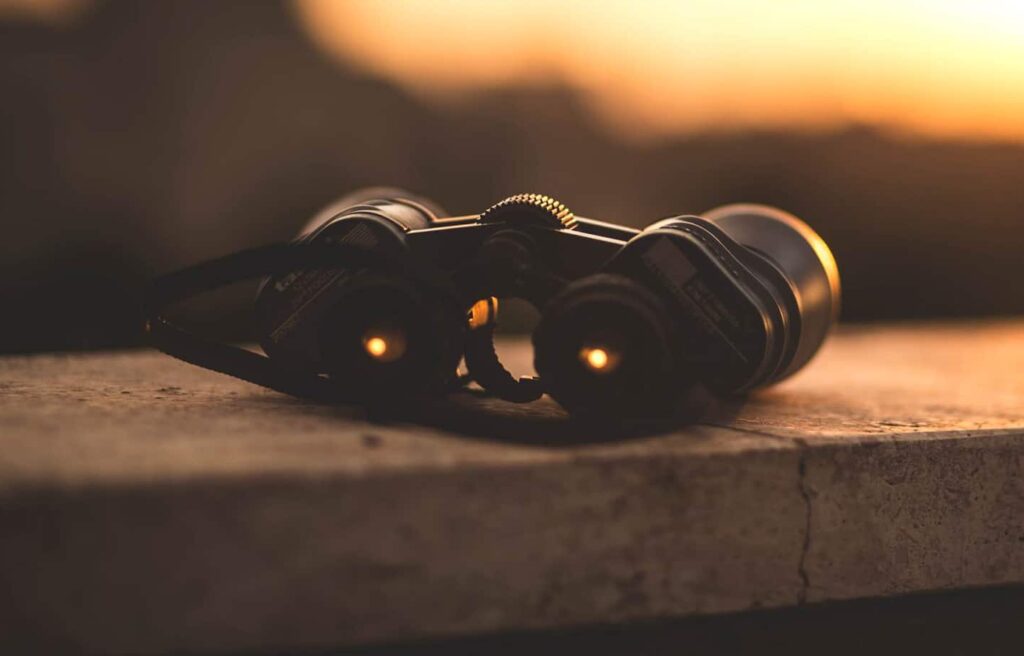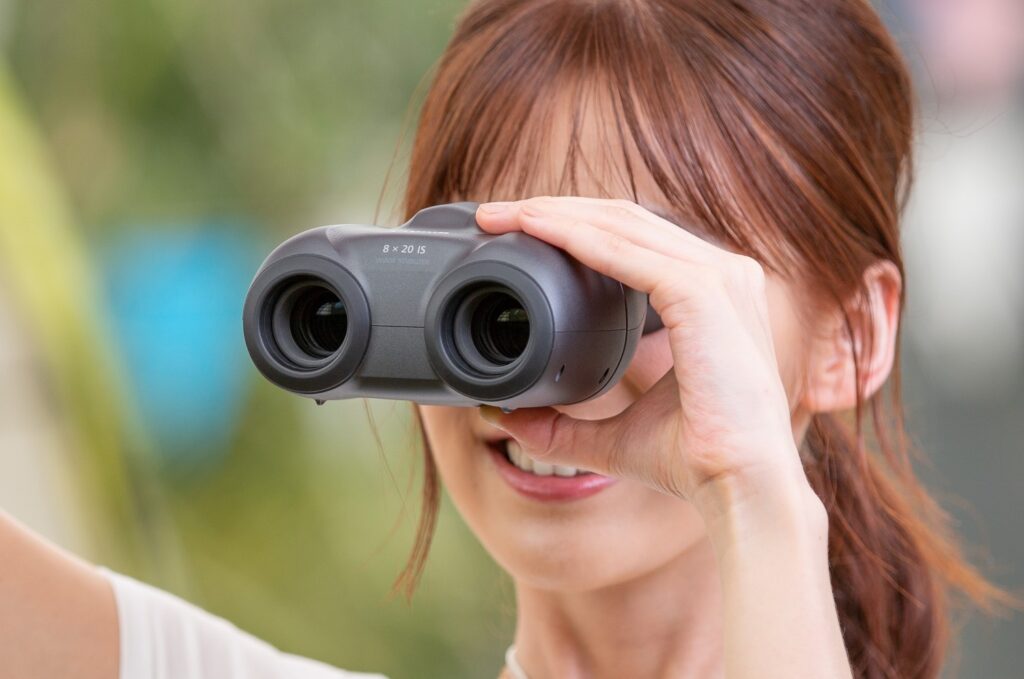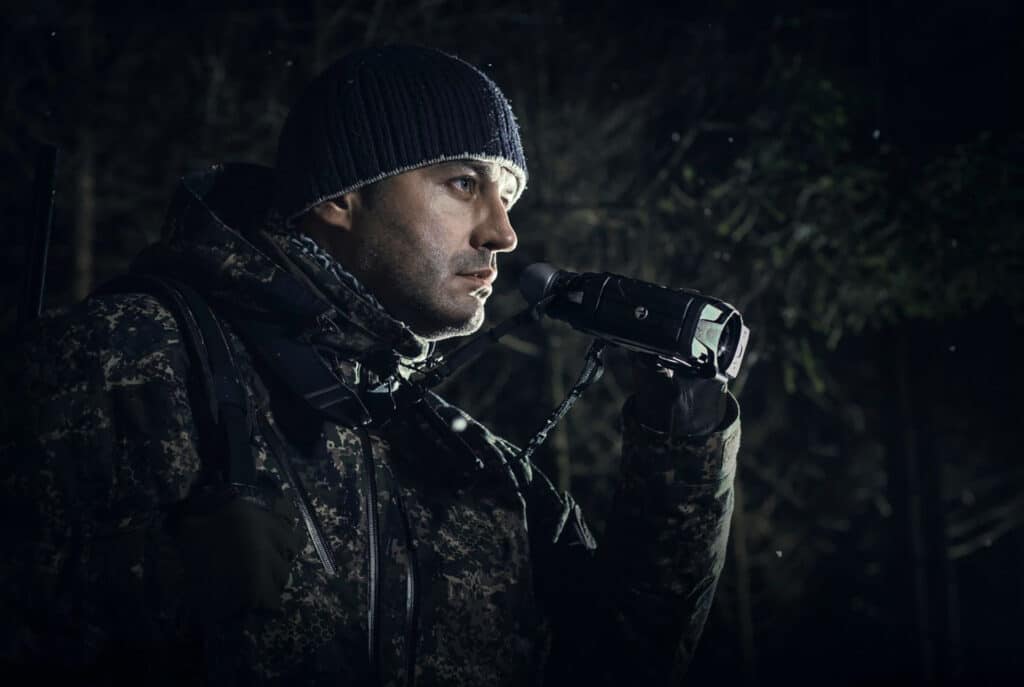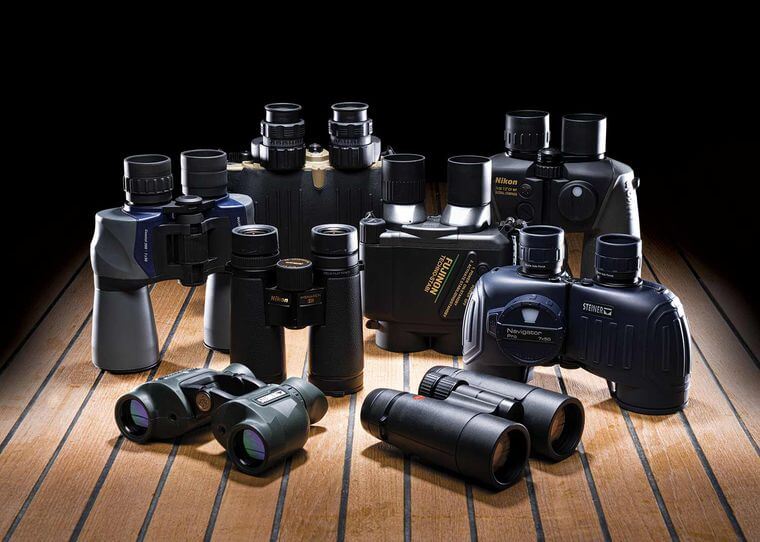

It might be scary to find out that not all zoom binoculars are worth the money you pay for them. However, don’t let this realization hit you after you’ve already made the purchase. Instead, you can pick up a few bits of information here that should help you get the best zoom binoculars out of a myriad of options.
One huge tip is that you should start by reviewing zoom binocular features. They include magnification, image stability, field of view, objective lens diameter, and optics quality. With these few features, you can determine if the image quality will be satisfactory in the purchase.
Further features such as the weather resistance and eye relief that works for most users are indicators that a purchase is a contender for the best zoom binoculars selection. The zoom binoculars listed below are top contenders, and you can easily choose a binocular option that works for you after you read this write-up.
Other features: rubber armor, turn-and-slide rubber eyecups, fingertip zoom control, center focus, tripod adaptable
As a starter to our list, the Nikon 8252 ACULON A211 10-22×50 Zoom Binocular suffices. A bulkier binocular body is to be expected owing to the Porro prism chosen for this tool. Also, BAK4 glass is used in the binoculars, which might give the product an edge where light retention in images is concerned.
To further enhance image quality, multi-coated lenses are part of the overall device design. Additionally, the larger build of the binoculars allows for 50mm objective lenses to be used. The field of view is nothing to scoff at either.
Also, you will no doubt want to make full use of the zoom capabilities of the binoculars. The fingertip zoom control allows buyers to make zoom level adjustments without taking their eyes away from the eyepiece.
Notably, the manufacturer is aware that comfortable eye positioning varies for different individuals. To cater to that, turn-and-slide rubber eyecups are included. You can thus position these eyecups in a way the binos are comfortable for you to use.
Something that is excluded from the purchase but is available if you pay extra is the tripod adapter. This would further stabilize the image even when you zoom in to the binoculars’ maximum value.
Finally, using these zoom binoculars for birding or hunting in wet conditions shouldn’t worry you too much. You have the reliable rubber coating to ensure the binos don’t slip and fall off your hands. This coating can also be effective in protecting the device from physical damage.
What we liked: The rubber armor plays two roles, which include enhancing the grip and protecting the fragile elements in the device. Secondly, when combined with the BAK4 glass, the multi-coated optics assure you your images will be exceptionally bright. Also, the turn-and-slide rubber eyecups make use of the binos comfortable for everybody. Finally, tripod adaptability is a huge plus, especially for zoom binoculars.
What could be better: These binos would be easier to carry and use if they were a bit lighter. Some users have also noticed an unpleasant odor from the binos.
Other features: rubber armored, weatherproof, tripod adaptable, fold-down eyecups, center focus
The lens coating on the Bushnell 121225 10-22×50 Legacy WP is superior to that of the Nikon 8252 ACULON A211 10-22×50 Zoom Binocular. This might give it an edge when you are comparing the two options to find which is superior. Another area where favor falls on the side of the Bushnell 121225 is the weight.
Foggy conditions are no reason not to use these binoculars as they are fog proof. To add to that, they are proofed against moisture as well. The center focusing knob won’t be too hard to reach even when your eyes are lined up to observe the image in the binos.
Fold-down eyecups may be an extra reason to buy the Bushnell 121225. If you are keen on the name, you will have noted this option features a 50mm objective lens. This works hand in hand with the exit pupil to deliver enough light to the user’s eyes.
Rubber armoring on the exterior also serves as a protective measure for these binoculars and adds a non-slip grip to the device. Even in the unlikely event, these binos break after a fall, you can fall back on the lifetime warranty as a back-up plan.
Remember that this option uses Porro prism technology to transfer images from the objective lenses to the eyepiece.
What we liked: The fully multi-coated BAK4 glass enhances the Porro prism’s superior light-gathering properties. The binos are protected against moisture and fog. Users get to focus relatively easily thanks to the centrally placed focusing knob. A non-slip, durable exterior is provided. The lifetime warranty also qualifies as a reason we like these binoculars.
What could be better: These binos could be smaller for more comfortable carry. While lighter than the predecessor, these binoculars are still relatively heavy. Users may also observe some fringing.
Other features: center focus, aspherical lens elements, sliding eyecups
If heavy binoculars are a major turn-off for you, the Pentax UP 8-16×21 Compact Zoom Binoculars should be in your good graces. The manufacturer impresses buyers by finding a way to fit a Porro prism system in such a compact body.
Lenses in the Pentax UP 8-16×21 are fully multi-coated. The Pentax manufacturer goes a step further to use aspherical lens elements to ensure optimum light transmission.
Eye relief will vary depending on the magnification levels used. Additionally, this a center-focusing pair of binoculars similar to both our upgrade pick and editor’s choice. Add that to the binoculars’ compact form, and zoom adjustments will be easy to make on this machine.
The sliding eyecups are an appreciated asset as well. Finally, you get a tripod socket that would make stabilizing your images a cinch.
What we liked: Porro prism binoculars that are as compact and lightweight as this option are not easy to come by. The high-quality optical elements are all crucial in ensuring top-notch images. If you add a tripod, you get to further stabilize images at higher zooms and magnification.
What could be better: The eyecups may not be comfortable for everybody.
Other features: rubber armored, center focus, tripod adaptable, fold-down eyecups, diopter right eye
What suffices as our best value pick are the Barska 7-15×35 Level Zoom Binoculars. Where an extensive field of view is on your wish list, this product doesn’t disappoint.
Lenses are also fully multi-coated, which does wonders for improving light retention in the binoculars. Also, like other binos listed, this option incorporates a Porro prism with BAK4 glass.
Controlling the device requires you to use the central knob to change magnification and zoom levels. Also, once you nail focus on your left eye, you can use the diopter to ensure maximum visibility of your targets in the right eye as well.
Users may also take advantage of the tripod adaptable binos to get more stable images. The fold-down eyecups in other models have been proven to make the machines more comfortable to use. It should be the same case where the Barska 7-15×35 binos are concerned.
What we liked: We liked the high-quality glass components used and the fact that they are fully multi-coated. The field of view impresses us. Also, the controls are within reach, and you can use the focus knob and the diopter to achieve the best view. Being tripod adaptable helps when images in the binos aren’t as stable as you want them.
What could be better: The binos are not protected against moisture damage.
Other features: tripod adaptable, rubber-armored
The Celestron SkyMaster 15-35×70 Zoom Binocular also gives the other pairs of binos listed a run for their money. However, before buying, be prepared to carry a lot of weight around compared to options like the Pentax UP 8-16×21 Compact Zoom Binoculars.
Eye relief is longer than other options listed. As such, binoculars users who wear glasses will find this a better fit for their needs. Additionally, for such a large pair of binos, being able to take the strain off your hands and place it on a tripod is a huge benefit.
While a prominent feature in other binos, having a rubber exterior shouldn’t be overlooked as a benefit of getting the Celestron SkyMaster 15-35×70.
The diopter adjustment also elevates the binoculars’ level by catering to different eye strengths in the same individual. Thanks to the large objective lenses, you won’t be complaining about the light that comes through the pair of binoculars.
What we liked: We liked the large objective lens. The BAK4 lenses are also crucial and ensure the light collected by the objective lens does not go to waste. With the long eye relief and diopter, the binos will cater to various individuals’ needs and their eyes quite well. Further, you can offset the weight while using the binos by adding a tripod to the mix.
What could be better: This pair of binoculars is cumbersome to carry. Also, only a heavy-duty tripod will work with this product.
Other features: unique zoom lever, turn-and-slide rubber eyecups
The Nikon Sportstar 8-24×25 Zoom Binoculars is in stark contrast to the Celestron SkyMaster 15-35×70 Zoom Binocular with regards to length and weight. This compact zoom pair of binos is thus on the wish list for some of you reading this write-up.
The coating layers on the lenses will do a lot of good in retaining light gathered by the objectives. Also, for such compact binos, eye relief is a significant contributor to the purchase’s comfortable use.
Additionally, the turn-and-slide rubber eyecups add more comfort to the use sessions for the binoculars. Lastly, the versatility of these binos will allow you to take them on bird watching trips and use them to watch sports.
What we liked: These binos are so easy to bring along on trips as a result of being small and weightless. Turn and slide rubber eyecups can make using the Nikon Sportstar 8-24×25 binos comfier to use.
What could be better: The construction of these binos might be a letdown.
Now that you are aware of several excellent zoom binoculars options, you no doubt wonder how to pick the best one. This is easy, especially if you take directions from the buying guide below.
The zoom binoculars in the market will allow you to look at objects that are further away from you than regular binos. Also, at lower magnifications, the image quality is excellent, even rivaling what fixed magnification binoculars offer. Additionally, a lot of high-quality zoom binos are affordably priced. Finally, these binos are versatile and can be used for wildlife watching, sports, and more.
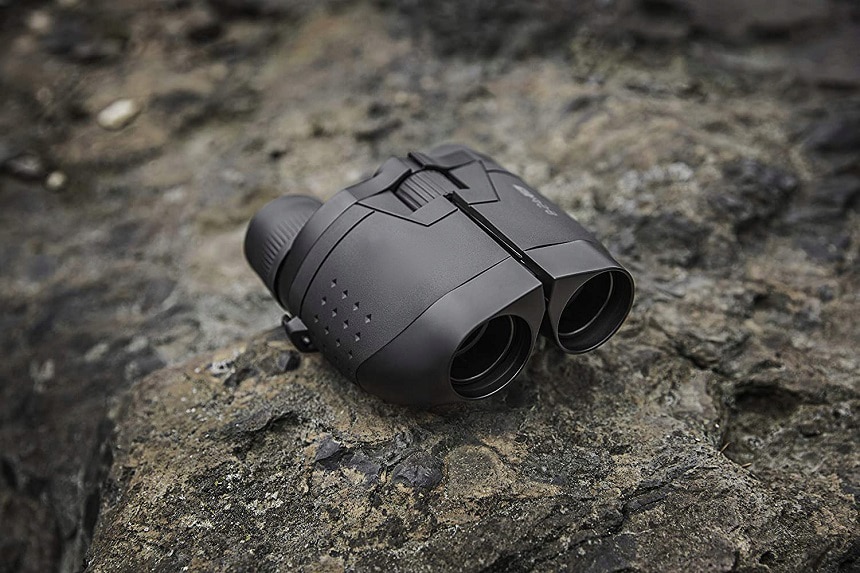
This buying guide focuses more on features as they are the only way to rate the binoculars’ quality. As such, zoom binocular features are listed below, along with info that should help you decide whether you want them in your binos or not.
These are the first two considerations any time you consider buying zoom binoculars for birding or hunting. You want concrete figures on how far the binos can allow you to see, and this data is provided in the magnification of the device.
Additionally, the amount of light reaching your eyes through the binos is heavily affected by the objective lenses. The bigger objectives are considered better since they collect more light, and thus brighter images are expected.
For the Celestron SkyMaster 15-35×70 Zoom Binocular, the magnification level is your choice and ranges from 15x to 35x. On the other hand, the objectives have a 70mm diameter, ensuring all light needed to help you see your targets is available.
Other options like the Nikon Sportstar 8-24×25 Zoom Binoculars don’t have large objectives. However, the manufacturers find ways to work around the minimal light collected.
One key disadvantage of zooming in to the maximum level is that image stability will be lost. The binos may still work if the subject you are tracking is large enough, and you are on stable ground. However, at some point, the lack of stability will become an issue. At this point, if your binoculars are tripod adaptable, you can still see stable images if you purchase the attachment.
Some may need to make that trade-off between magnification and image stability as lower zoom options offer more stability.
The list of binoculars options above may make it seem like only Porro prism options are available. However, roof prism binoculars also exist. In most cases, Porro options incorporate surfaces and glass that are fully reflective. Porro prisms are thus better performers at light retention.
One critical difference between a roof prism and a Porro prism is found in the optical components’ design. Roof prisms will come with optical elements that are not fully reflective. As such, the reflective part is only a fraction of the size of the full glass element. This can lead to some light loss.
Manufacturers counter the light loss in roof prisms by increasing the reflectiveness of the reflective part. Due to the prism designs, you will see roof prism binoculars will often be smaller than Porro prism options.
The glass type used in binoculars also varies, with BAK4 glass being the most popular option. One reason for this is that light loss is minimized in this option. The light reflected by BAK4 glass components travels much quicker, thanks to the high refractive index. Also, thanks to the refractive index, these glass components can bend light for optimum imaging results.
The refractive index of BK7 optics is a bit lower than that of BAK4 glass. For this reason, blurring may be seen in the edges of the image produced in such binos. Also, Binoculars that use BK7 glass are often cheaper.
Sk15 glass is the last option you may come across. The refractive index is the highest of all three options. Also, lower light dispersion than BAK4 optics is expected. Binos with Sk15 optics are also often compact.
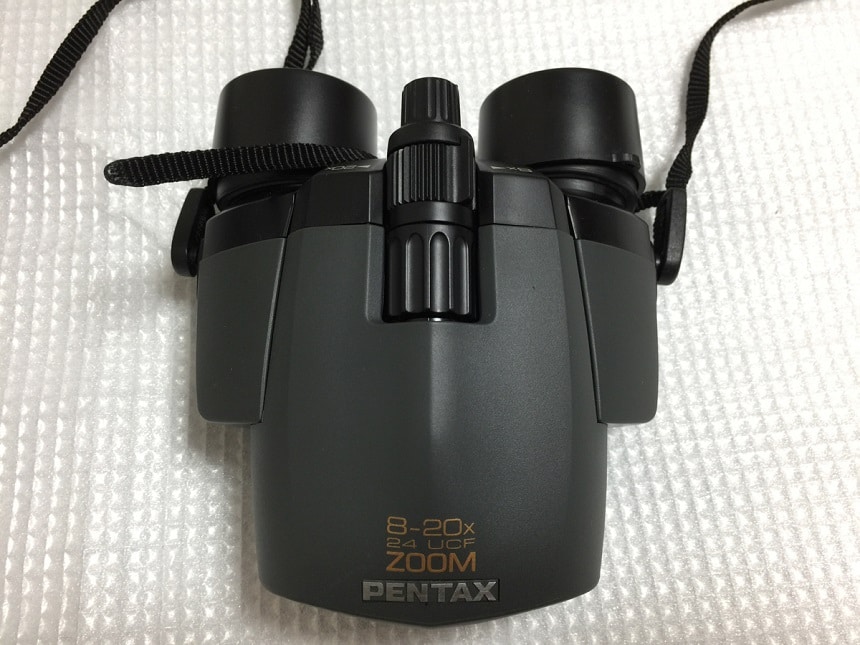
When the optical elements in your binos are coated, it means the manufacturer is taking measures that would help prevent light loss in the product. However, coating levels differ with fully coated, multi-coated, and fully multi-coated being your options.
In cases where your binoculars are classified as fully coated, there is a coating layer present on all glass surfaces and lenses. Multi-coated optics are variations of the fully coated option where one or more major optical elements have multiple coating layers.
Fully multi-coated optics achieve 95% light transmission and, as such, are the best type. In this option, all lenses and glass surfaces will come with multiple coating layers.
The field of view you choose in your binos also depends on what you intend to use them for. For instance, birds are relatively small creatures, and thus a wide field of view may be surplus to requirements. However, note that finding a target in your binos is almost always easier when your field of view is relatively wide.
Binoculars work by transferring light collected by the objective lens through the prism and the ocular lens where you are observing the image. The exit pupil describes the small circle of light going through these stages.
Notably, the exit pupil will affect how bright your images seem to be. The exit pupil of the Bushnell 121225 10-22×50 Legacy WP, for instance, has a diameter of 5mm, which is relatively large. As such, in the dark, these binos may seem quite bright since your pupils are dilated and possibly wider than the 5mm of the exit pupil.
However, in daylight, the 5mm exit pupil will be surplus to requirements since your pupils are constricted and relatively small. If, for instance, your pupils are constricted to 2mm, the other 3mm of light will go to waste as it falls on your iris.
Also, note that your pupils won’t dilate as much even in the dark if you’re older. This is one consideration to think about as you look for the ideal zoom binos. Further, broader objectives in your binoculars will come with a larger exit pupil. More magnification has the effect of reducing exit pupil size.
If your pupils don’t dilate much even when you are in darker conditions buying binos with a large exit pupil won’t help you in any way.
Furthermore, the distance between the ocular lens and your eyes for optimum visibility is of great importance. Binos that you can hold further away thanks to long eye relief seem to be more comfortable for most people.
Also, short eye relief doesn’t bode well for eyeglass wearers. They only get to see the center of the image in the binos, whereas, with long eye relief, they can view the whole image.
The Celestron SkyMaster 15-35×70 Zoom Binocular is an excellent purchase thanks to the objective lens, optical elements, and the Porro prism used. However, if there is something that will deter potential buyers from making the purchase, it is the size and weight.
These binos are long and heavy. They will need more space in your bag. Additionally, holding them up to your eyes is bound to be more strenuous, and you will need to take frequent breaks.
In contrast, binos like the Pentax UP 8-16×21 Compact Zoom Binoculars will be a lot easier to carry around. Also, you won’t struggle to find storage space for them in your bags.
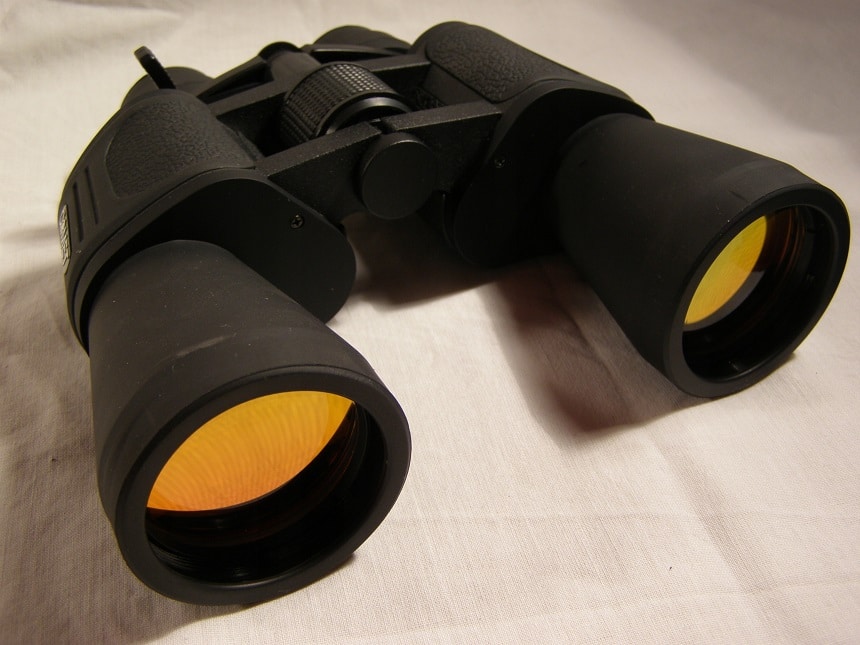
Taking your binoculars outdoors, which is where they are often used, needs you to be aware of how they fare in varying weather conditions. Some may experience rain where droplets of water get into the device and stop it from working. Others may not fare so well in dusty, windy, or sunny conditions. Fully weather-resistant binos are the way to go since you eliminate worrying about the different weather conditions every time you pull these devices out.
Eyecup design is also a make or break feature where zoom binoculars are concerned. Again, this binos feature affects the user’s experience. You will note slight variations included in eyecups design meant to make them more comfortable. The turn-and-slide eyecups in the Nikon 8252 ACULON A211 10-22×50 Zoom Binocular can pull this off. Other offerings by different manufacturers may not provide users with the comfort in use they are looking for.
Whether used for hunting, whale watching, star-gazing, or more, the best zoom binoculars can be found on the list above. However, even from the binos listed, we have some favorites. They are the Nikon 8252 ACULON A211 10-22×50 Zoom Binocular, Bushnell 121225 10-22×50 Legacy WP, and the Pentax UP 8-16×21 Compact Zoom Binoculars.
Picking the Nikon 8252 as our editor’s choice resulted from the affordability and functionality of the option. The binos are durable, comfortable to use for many, and the image quality is top-notch.
Next are the Bushnell 121225 binoculars, which come with a lifetime warranty. High-quality optical elements, weatherproof nature, and a durable exterior are key selling points as well. The fold-down eyecups add to the list of pros as well.
Finally, the Pentax UP 8-16×21 Compact Zoom Binoculars are an excellent pick as well. These are easy to carry, fit in most suitcases without a problem, and are easy to use. If these three binos options are not your cup of tea, consider the other options on the list as well.

